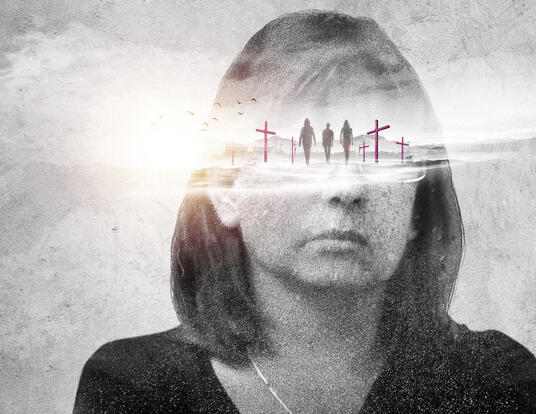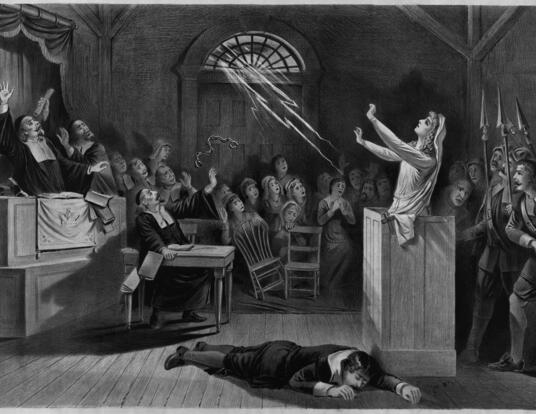'Barbarians' or Big Thinkers?
Carina Dreyer, PhD student

Carina Dreyer is a PhD student in Harvard’s Department of Near Eastern Languages and Civilizations specializing in Islamic intellectual history. She talks about her research on Mongol-era scholarship, her efforts to strengthen knowledge by adding historical context, and how she moved from one academic discipline to another.
An Astronomical Empire
The Mongols are generally perceived as barbarians who invaded the Middle East and destroyed everything, but in history, there are many more sides to it. At their height, the Mongols controlled the largest connected land empire in history, connecting everything from today’s China to Turkey. With this political control came a rise in scholarly interest, and the Mongol rulers of modern-day Iran constructed the Maragha astronomical observatory, which was then the largest in the world.

What is fascinating to me is how people try to create centers of learning and attract the best scholars from around the world, and what happens when all these minds get in one place and have access to high-level instruments and funding. The work that was done in the observatory still holds up; some of the observations they made, for example, are the best you could have gotten until the late 16th and early 17th century when new instruments like telescopes allowed greater accuracy. Scholars developed planetary models to track the trajectory of certain planets and engaged in many different disciplines, including logic, natural philosophy, and other mathematical sciences.
As the academic reputation of the observatory started to grow, more scholars came, including many from different religious traditions. It was an almost cosmopolitan environment, where academics from various backgrounds were mingling because they were all interested in sciences such as astronomy. When people think of education in the Middle East and around the world, they have this idea of a science versus religion paradigm—people are either very good scholars of natural or rational sciences, or they are very good religious scholars. But during this period, you have great scholars who bridge that divide, whose works are still studied today in traditional Islamic institutions of learning.
It is easy to typecast the Mongols as barbaric and uneducated, but the Mongol rulers of Iran commissioned the building of the observatory and paid stipends for scholars and students. While the observatory lost funding and eventually shuttered when the Mongols lost power in the region, its existence upends stereotypical understandings of them.
Content and Context

Much of my work relies on old historical records and manuscripts. The observatory was built in an earthquake-prone region, and today there is not really anything left of it or of any other buildings from the Mongol period in northwestern Iran. I do have some records of site plans and drawings of what the observatory would have looked like, but for the most part, my research involves historical sources and looking into the broader context of them. My advisor, Professor El-Rouayheb, does an excellent job of studying not just the content of a manuscript, but also the context, which I try to emulate.
Currently, I am trying to answer questions about society and scholarship, especially regarding patronage. These scholars did not work for free, so who sponsored their work? What did the patronage scene look like and how did it work? What did it mean to be a sponsored scholar? I’m looking forward to striking the balance between the contents of the treatises and understanding the context in which they were produced.
From Math to Mongols
I originally came from a math and physics academic background, but for my master’s degree, I got interested in intellectual history and then was drawn in by the Maragha observatory and the academic achievements of the scholars of the Mongol empire. All these people who worked in the observatory had a major impact on education and learning in the Middle East, which is fascinating to unravel.
What draws me to my research is the similarities between the scholarship of the past and today. Students and scholars of the Mongol empire and that period would scour the world to find the best professors to teach the subjects they were interested in, just as now an aspiring graduate student would try to find the best doctoral advisor to see their dissertation through. There were different learning avenues, either from religious institutions or private tutors or state-sponsored centers like the observatory; similar to how higher education today takes a lot of different forms, whether religious, public, or private. When I sit down and pore through the archival records of these scholars, I can see that we are sometimes not that different.
Get the Latest Updates
Join Our Newsletter
Subscribe to Colloquy Podcast
Simplecast





